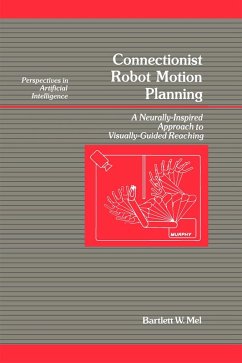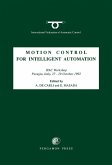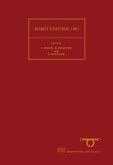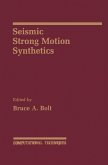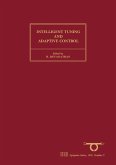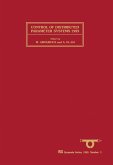Organized into eight chapters, this book describes the guiding of a multi-link arm to visual targets in a cluttered workspace. It primarily focuses on "ecological¿ solutions that are relevant to the typical visually guided reaching behaviors of humans and animals in natural environments. Algorithms that work well in unmodeled workspaces whose effective layouts can change from moment to moment with movements of the eyes, head, limbs, and body are also presented. This book also examines the strengths of neurally inspired connectionist representations and the utility of heuristic search when good performance, even if suboptimal, is adequate for the task. The co-evolution of MURPHY's design with the brain, presumably in response to similar computational pressures, is described in the concluding chapters, specifically presenting the division of labor between programmed-feedforward and visual-feedback modes of limb control.
Design engineers in the fields of biology, neurophysiology, and cognitive psychology will find this book of great value.
Dieser Download kann aus rechtlichen Gründen nur mit Rechnungsadresse in A, B, BG, CY, CZ, D, DK, EW, E, FIN, F, GR, HR, H, IRL, I, LT, L, LR, M, NL, PL, P, R, S, SLO, SK ausgeliefert werden.

